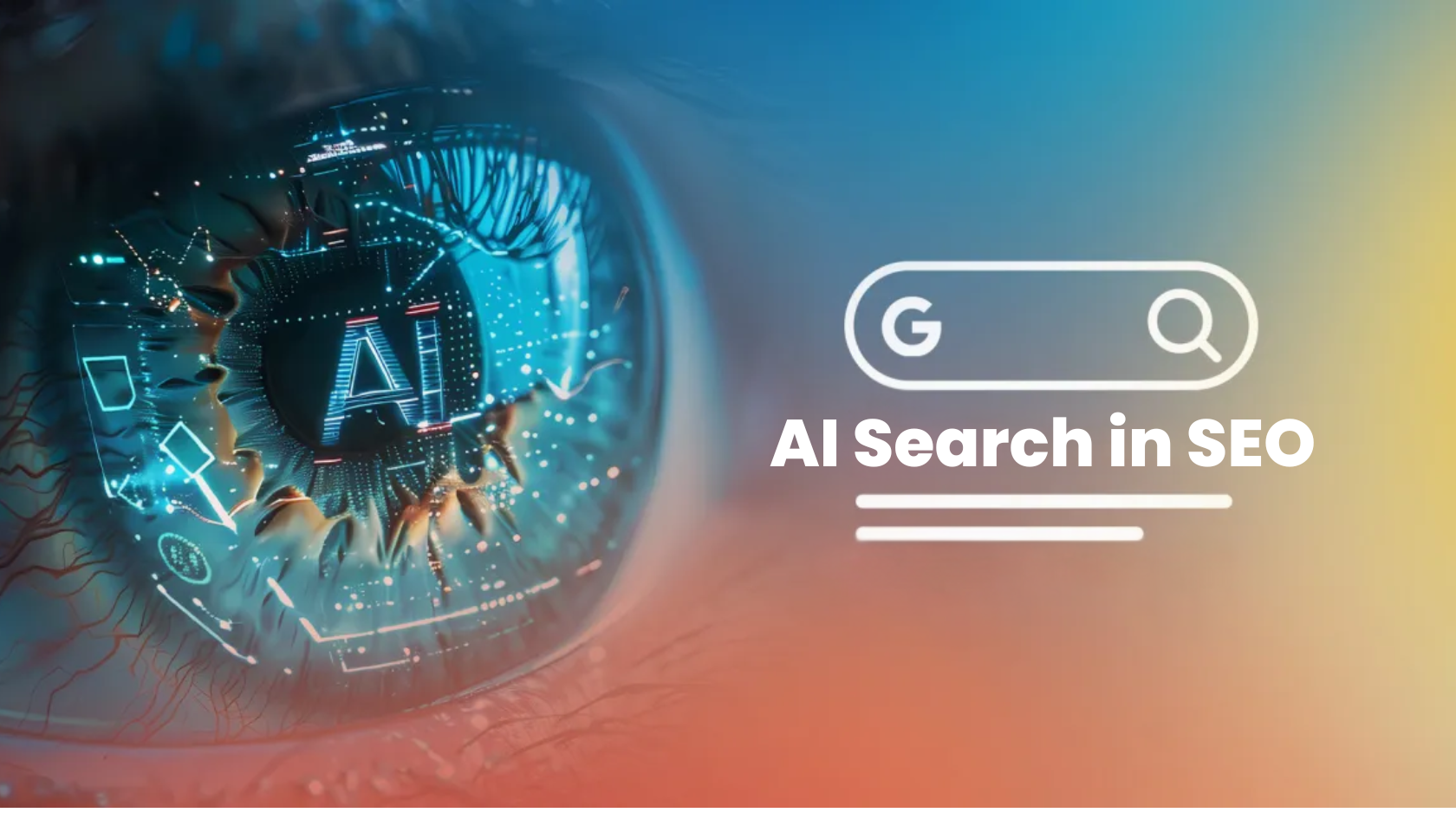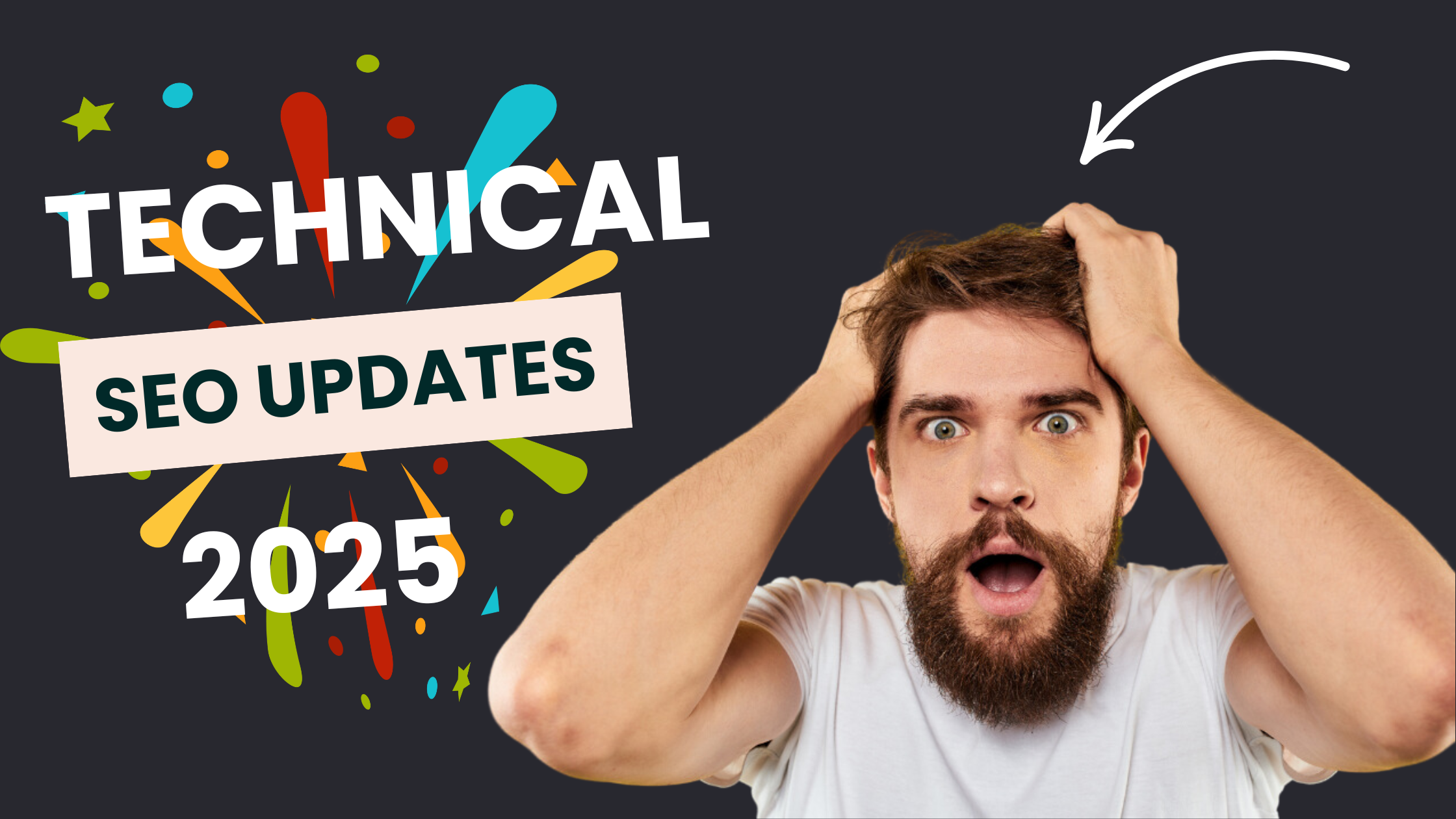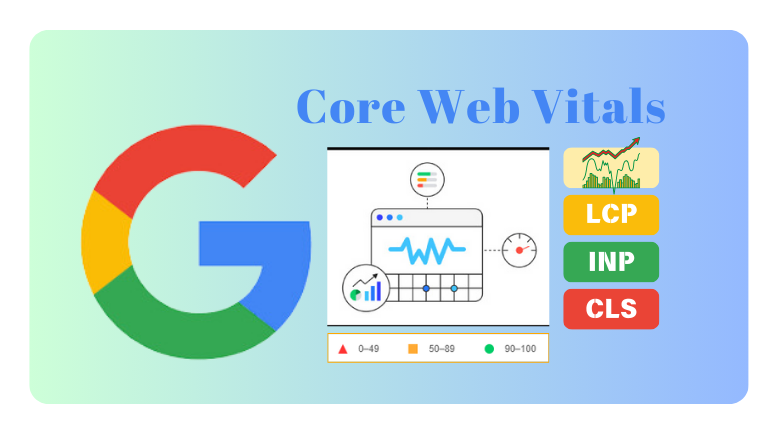The way people shop online is shifting rapidly. More of us now prefer taking a photo of a product to find it instantly, instead of typing out long search queries. This growing trend has given rise to visual search advertising — a smarter, quicker, and far more engaging way for people to discover products. From clothing and gadgets to home décor and appliances, businesses are using visual search technology alongside advanced SEO services to connect with shoppers in fresh, intuitive ways.
In this blog, we’ll explore what visual search advertising is, why it matters, and how your business can make it work to your advantage.
What Exactly Is Visual Search Advertising?
Put simply, it’s a way for people to find products by uploading a picture instead of typing a search phrase. A photo of a product is submitted — either through an app, a camera feature, or a social media marketing tool. Behind the scenes, using machine learning and artificial intelligence technologies scans the image, identifies what it sees, and delivers results featuring similar products.
A handful of major platforms are already offering these capabilities, including:
- Google Lens
- Pinterest Lens
- Bing Visual Search
- Snapchat Scan
These tools rely on image recognition systems that analyze shapes, textures, colors, and patterns, comparing them to product listings. Most of the time, the suggested results include images you can click to buy, making it easier than ever for consumers to go from spotting something they like to owning it.
Why Are Businesses Paying Attention?
As businesses already know, consumer behavior doesn’t stay still for long. Right now, convenience rules. And what’s more convenient than finding a product with a quick photo?
A few reasons this trend isn’t one brands can afford to overlook:
Faster Product Discovery: It removes the need for guesswork or lengthy descriptions.
Higher Conversion Rates: Research suggests visual search could increase digital commerce revenue by up to 30%.
Appeal to Younger Audiences: Around 62% of millennials prefer visual search over other technologies.
A Growing Market: The image recognition industry is expected to hit $53.25 billion by 2025.
How do Visual Search Advertising Functions?
Though the underlying tech is complex, the user experience is simple:
- A shopper uploads or takes a photo.The system processes the image, picking out recognizable elements like shape, color, or patterns.
- It searches through product databases looking for items with visual similarities.
- The results, often accompanied by pricing and purchasing links, are displayed.
- Advertisers track which images perform best and make adjustments over time.
Some brands manage these campaigns internally, while others lean on paid media partners or PPC advertising services to set up and monitor visual search ad performance.
Key Components for a Strong Visual Search Advertising Strategy
To make the most of visual search ads, businesses should approach it methodically. Here’s what matters:

Content and Image Quality
- Use clear, high-resolution images.
- Show multiple product angles and lifestyle photos.
- Compress images to under 200KB for fast loading.
Optimize Metadata and SEO
- Name image files with descriptive, keyword-rich terms.
- Add accurate alt text for accessibility and search visibility.
- Use captions that reflect common user queries.
- Implement Schema.org markup for product details.
Platform Integration
- Test ads on platforms like Google Lens and Pinterest.
- Use dynamic product feeds to reflect real-time stock.
Leverage AI and Automation
- Apply smart bidding strategies.
- Run automated tests for different visuals and formats.
- Manage product feeds dynamically.
- Use campaign dashboards for streamlined reporting.
Tried-and-Tested Strategies for Effective Visual Search Ads
Visual search advertising delivers results when executed with precision. Let’s explore essential strategies to help you succeed.
Invest in Proper Product Photography
Since these systems rely on visuals to find product matches, the images you use carry a lot of weight. Poor-quality visuals won’t deliver the results you’re after.
Best practices include:
- Crisp, high-resolution images.
- Simple, uncluttered backgrounds.
- Multiple angles and lifestyle images where relevant.
- Optimizing images for both mobile and desktop screens is important.
And don’t forget to compress images for fast load times without sacrificing quality.
Optimize the Details Behind Your Images
Even though images take center stage, the supporting metadata — the behind-the-scenes information attached to images — still plays a key role in making your products discoverable.
Make sure you:
- Name your image files descriptively.
- Add clear, relevant alt text that’s both useful for SEO and accessibility.
- Use captions that sound natural and align with what your audience would search for.
- Apply structured data markup, including product price, availability, and ratings.
These elements help search engines and platforms categorize and present your products more accurately.
Focus on Speed and Performance
User experience matters, and slow-loading images frustrate shoppers. Speed also impacts ad performance and conversion rates.
A few ways to improve image performance:
| What to Check | Recommendation |
| File Sizes | Aim for under 200KB |
| File Types | Use JPEG or PNG for photos, SVG for icons |
| Mobile Optimization | Test on various screen sizes and devices |
Make Use of AR Features Where It Makes Sense
Interactive experiences like augmented reality (AR) can be a natural companion to visual search campaigns. Brands using AR are helping customers picture how products fit into their lives before buying — and that extra layer of confidence helps improve conversion rates.
Consider applications like:
- Viewing how a sofa fits in a living room
- Trying on sunglasses or lipstick virtually
- Previewing art or wall décor in your home
- Incorporating AR features can enhance the visual search experience dramatically.
Automate What Can Be Automated
Managing digital ad campaigns manually, especially those involving dozens or hundreds of images, quickly becomes a logistical challenge. Thankfully, a range of automation tools are available to help.
Smart automation options include:
- Automated bid management on platforms like Google Ads
- Real-time updates for product inventory and pricing
- Dynamic product feed adjustments
- Regular testing of image variations and ad placements
- Consolidated reporting tools for clear performance insights
Using these tools means you’ll spend less time on repetitive work and more time on strategic decision-making.
Keep Modifying and Improving
No digital marketing strategy should stay static, and visual search advertising is no exception. Trends shift, audience preferences evolve, and technology changes fast.
Regularly test:
- Different image formats, angles, and sizes
- Where your ads appear
- Product titles, metadata, and structured data
- Metrics like click-through rates, conversions, and cost per action
Use those insights to refine your PPC campaign strategy continuously.
Challenges and How to Tackle Them
Like any emerging technology, visual search advertising isn’t without its complications. Here’s what businesses sometimes run into — and what can be done about it:
| Challenge | Solution |
| Complicated setup | Partner with experienced PPC firms or specialists. |
| Privacy and data compliance | Maintain clear policies and follow regulations like GDPR. |
| Occasional mismatches | Regularly review search results and improve your image catalog. |
Working with trusted PPC marketing agencies can also make the process far smoother, particularly for brands without in-house visual search expertise.
Final Thoughts
Visual search advertising is no longer a niche concept, it’s a fast-growing opportunity that’s reshaping online discovery and purchasing behavior. By investing in high-quality product visuals, optimizing metadata, and enclosing tools like AR and AI-driven targeting, brands can improve their reach and increase conversions. Most significantly, it enables businesses to reach clients where they are: in a visually rich, convenience-driven digital environment.
If you’re ready to explore what visual search can do for your business, reach out to our specialists today!
FAQ
How to optimize for visual search?
Use high-quality images, descriptive file names, alt text, structured data, and fast-loading formats. Test image performance and integrate Schema markup for better search visibility.
What is a visual search strategy?
A strategic plan to make products searchable through visual-based searches by optimizing visuals, metadata, and capitalizing on AI tools on visual search-enabled sites.
What is the main purpose of visual search in e-commerce?
To enable consumers to easily locate and buy products by image search rather than text, results in increased convenience, interaction, and conversion.
What is a visual search test?
It’s a process of uploading images to test how accurately visual search tools identify and match products, ensuring search accuracy and improving results.



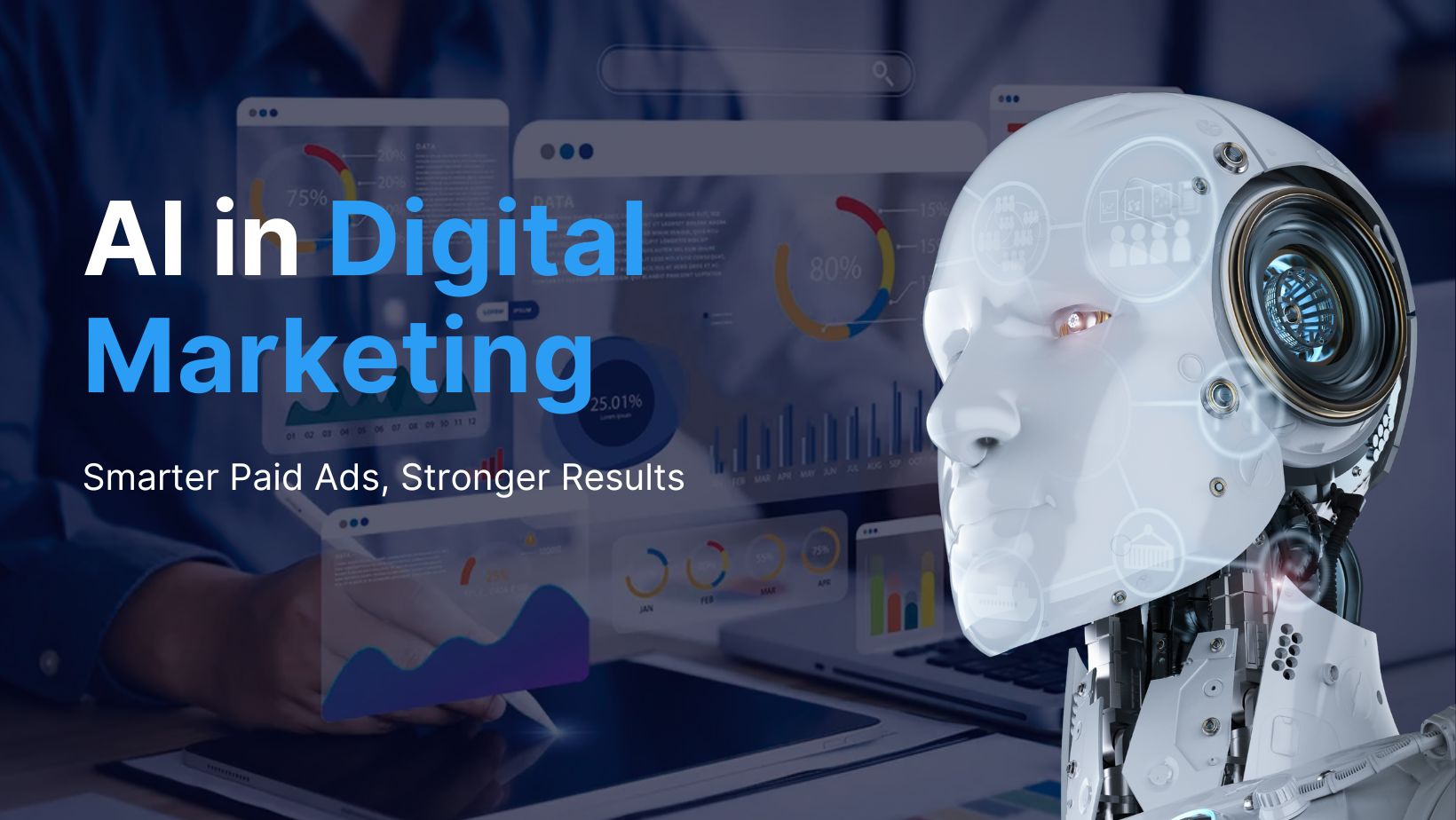
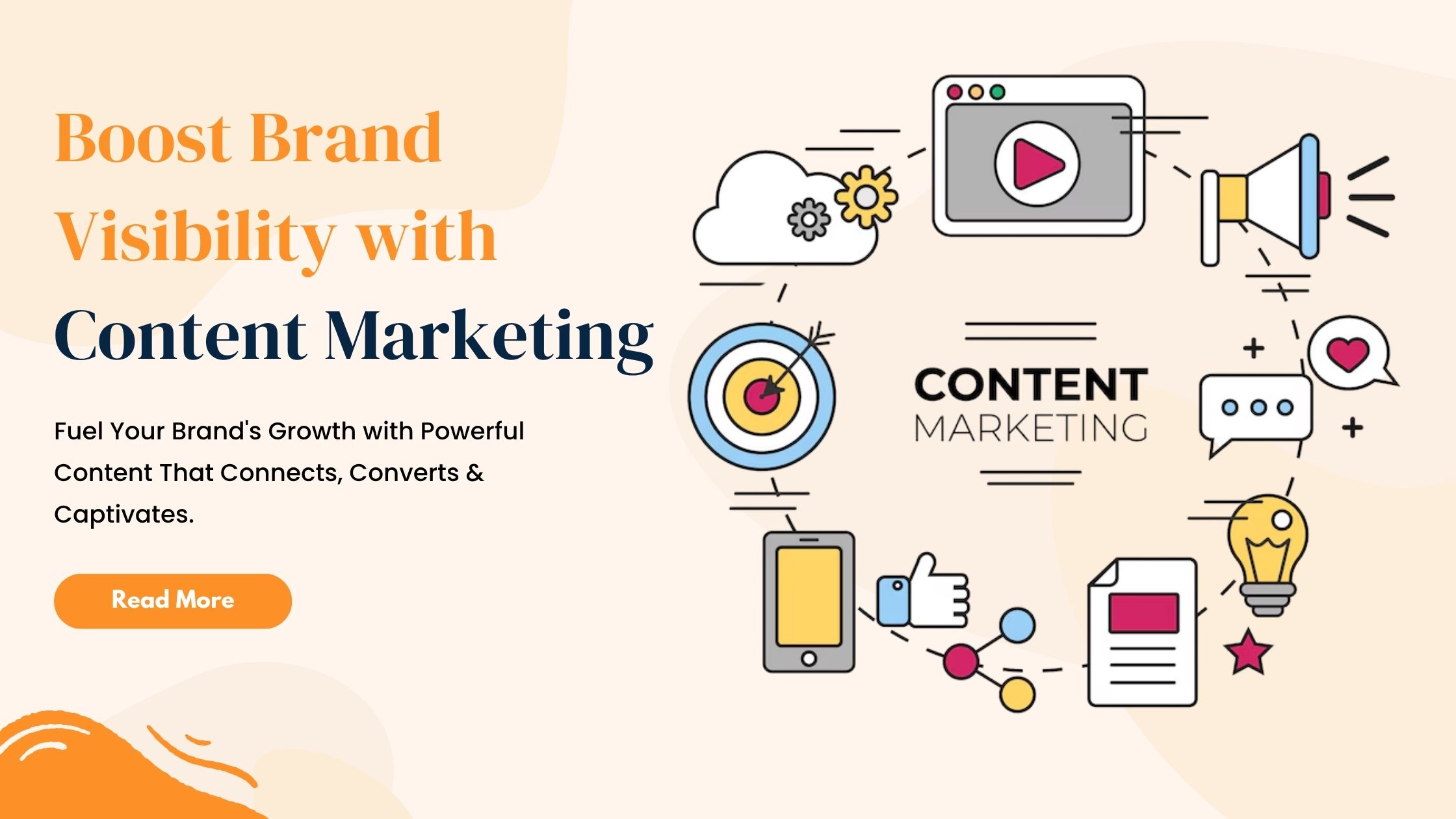
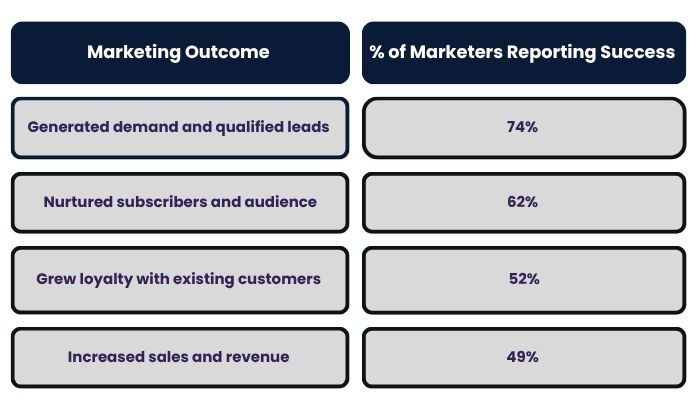

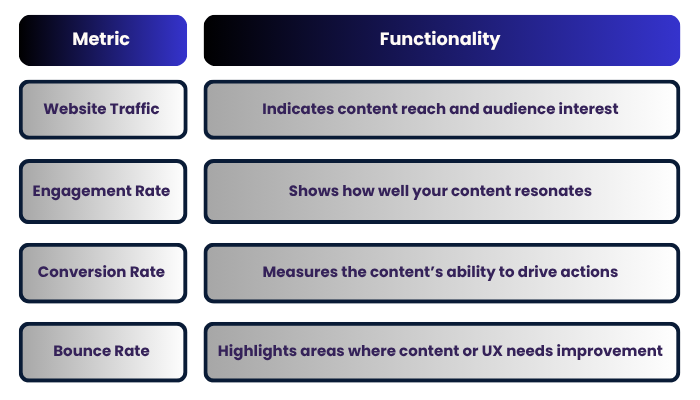
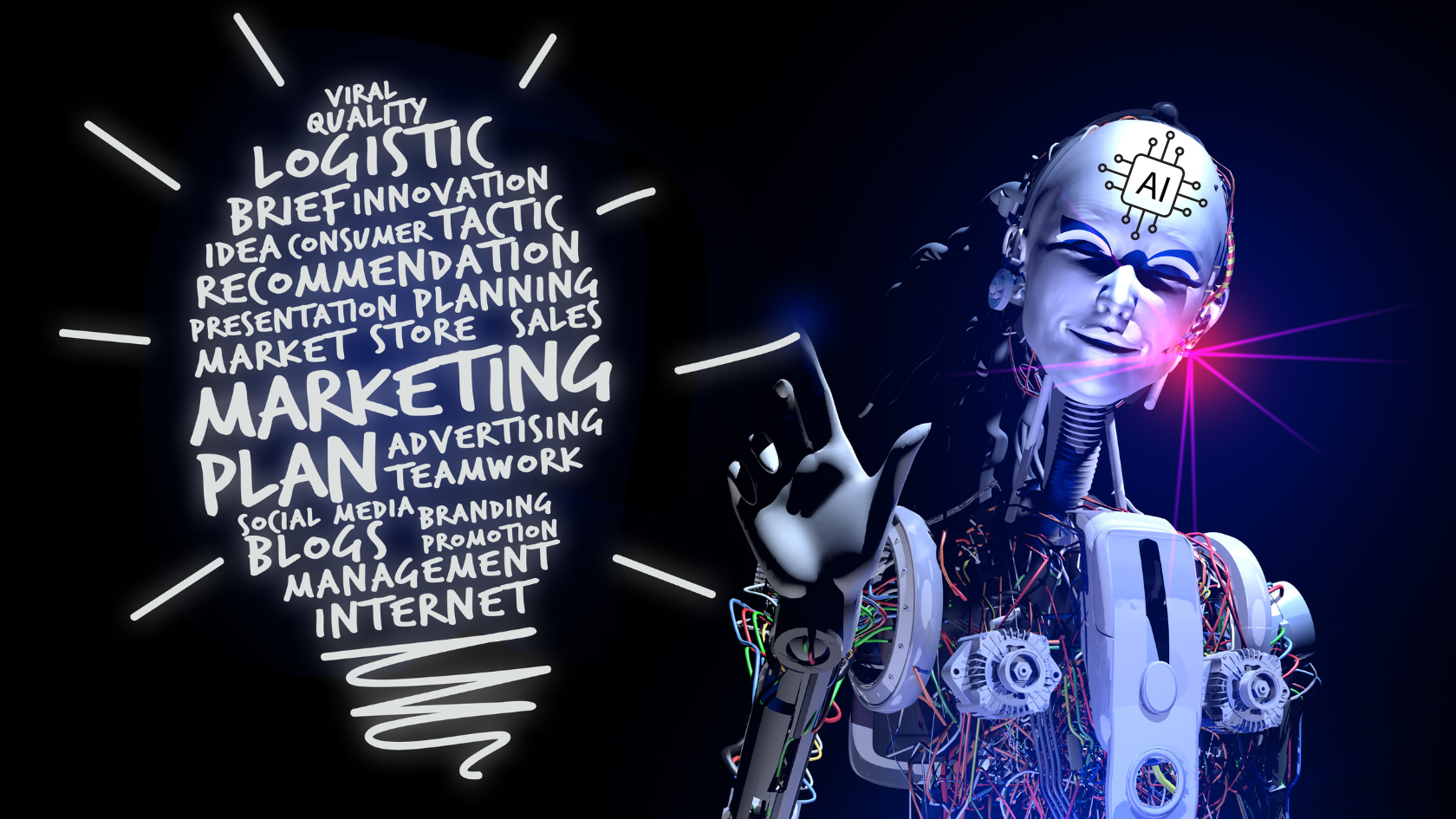
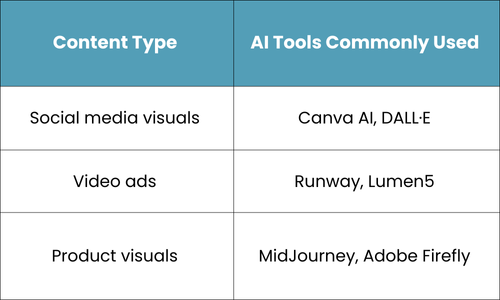
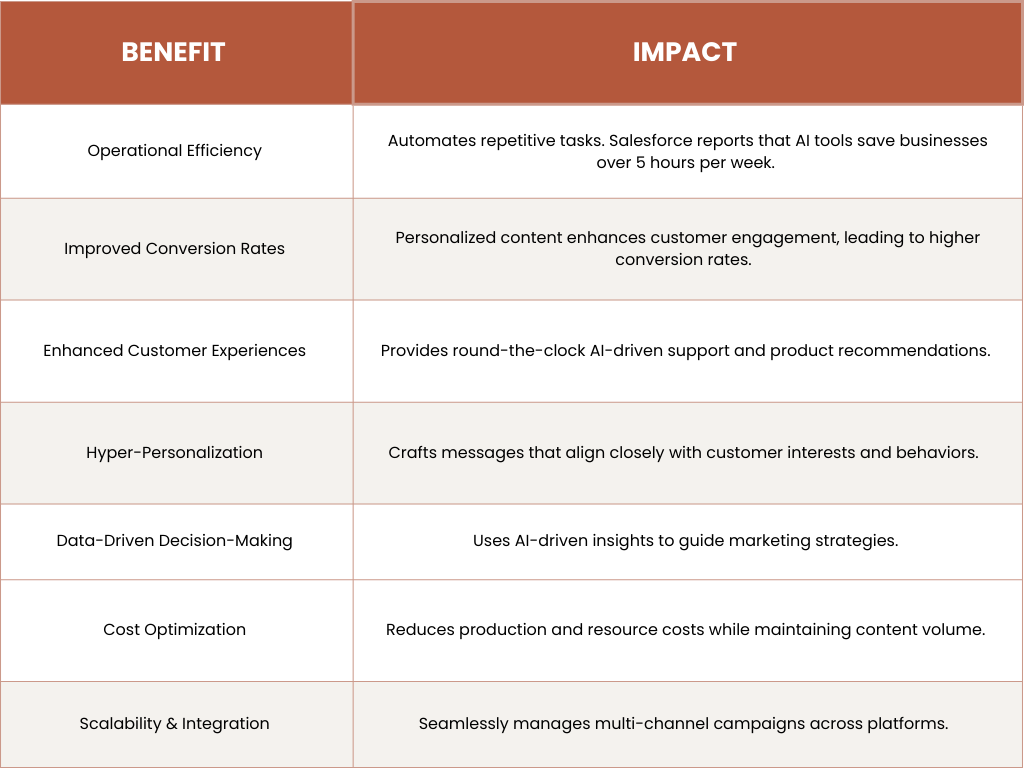
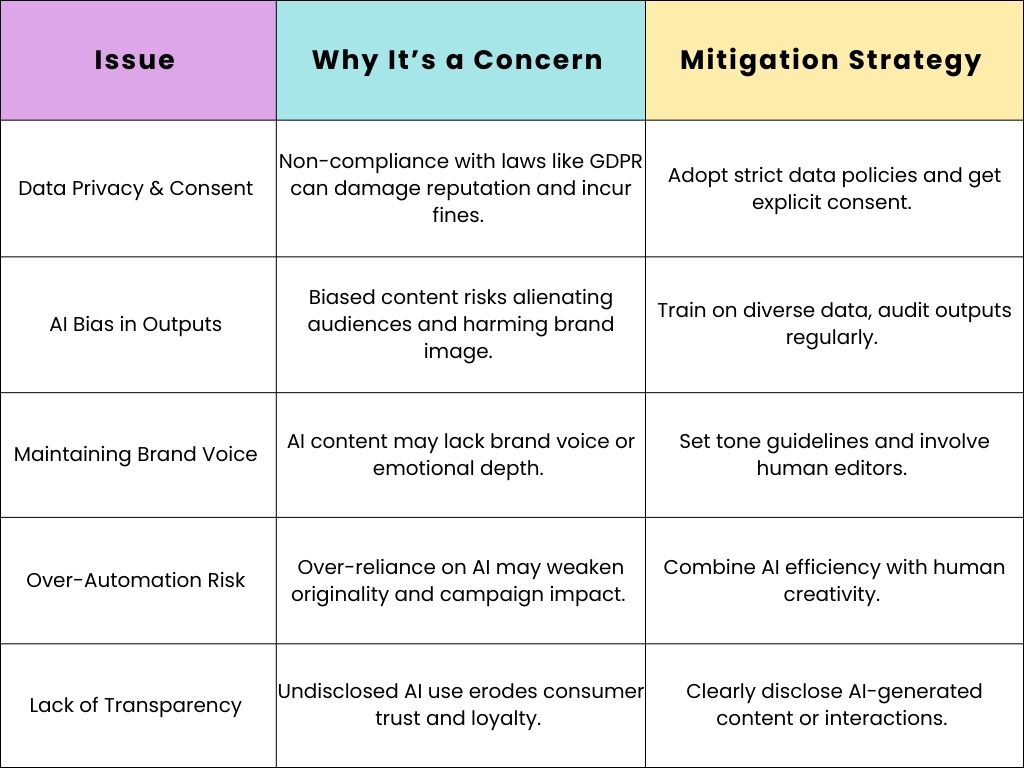

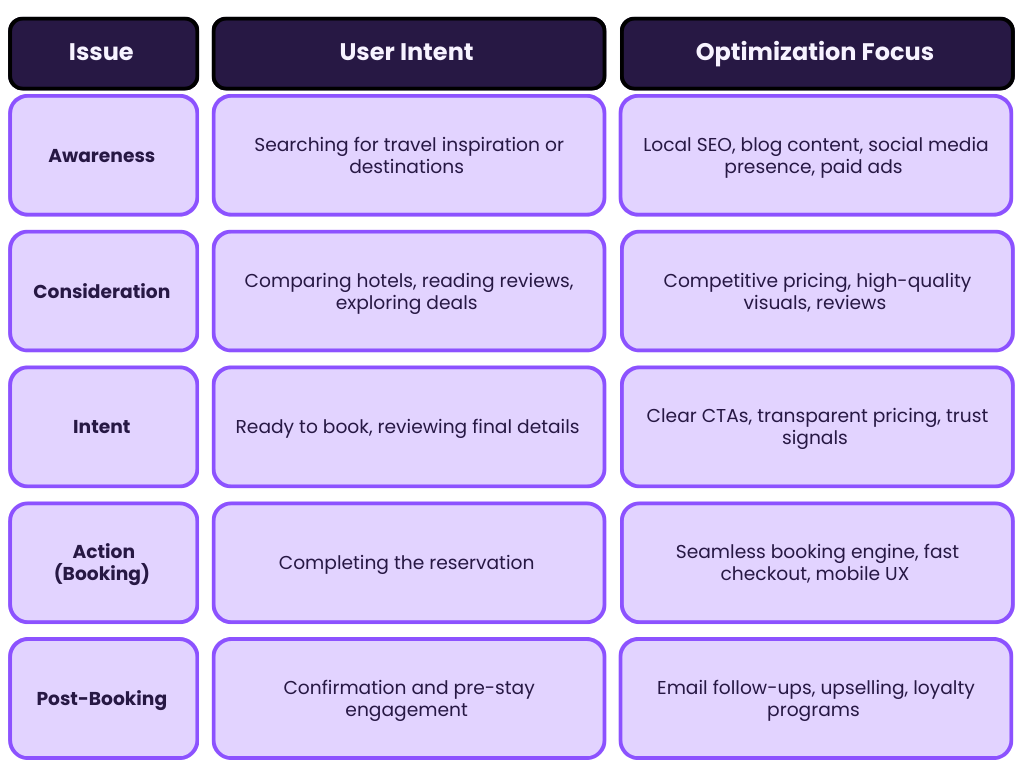

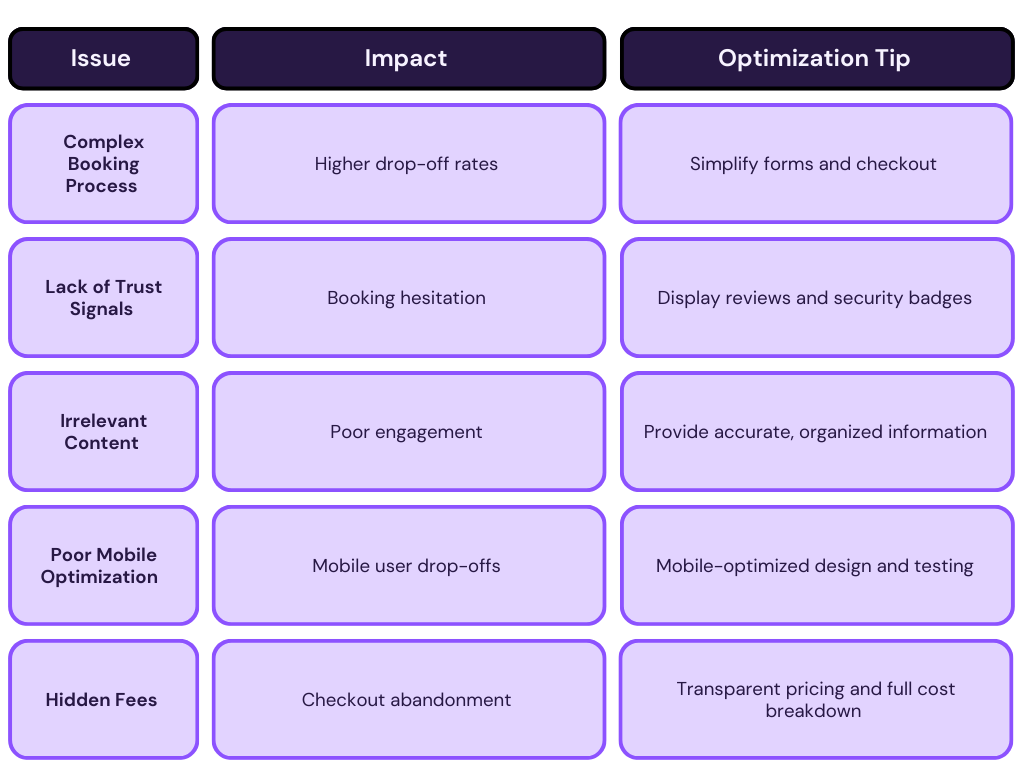
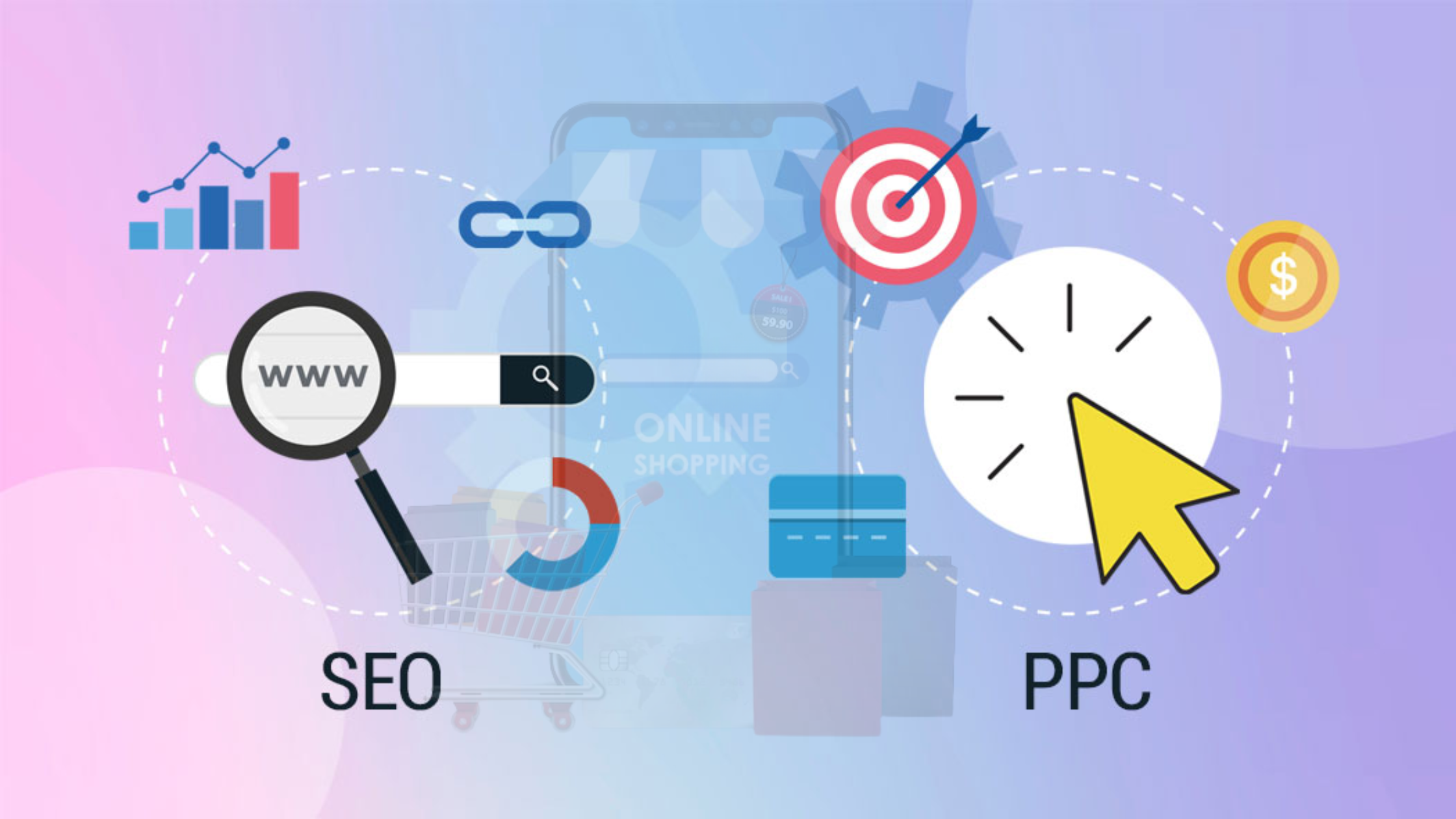

 It helps you to:
It helps you to: